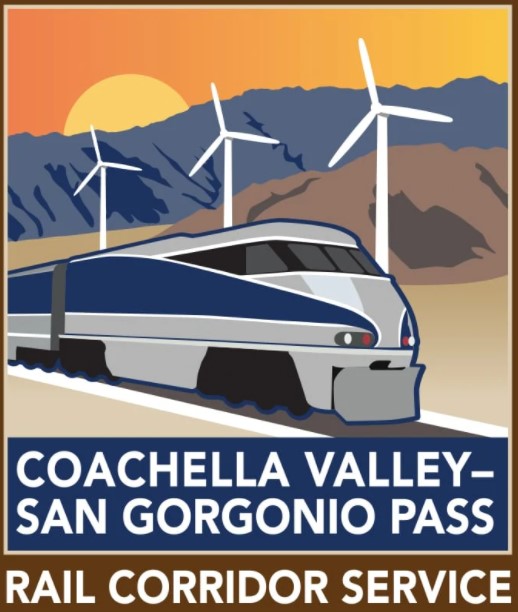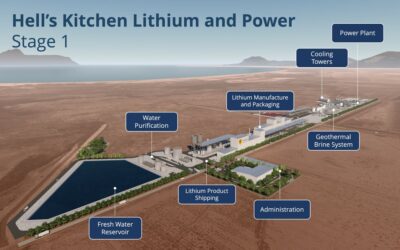The proposed Coachella Valley-San Gorgonio Pass Rail Corridor (Coachella Valley Rail) extends approximately 144 miles between downtown Los Angeles and the Coachella Valley. The Riverside County Transportation Commission (RCTC), in coordination with the Caltrans and the Federal Railroad Administration, is working to bring passenger rail service as an alternate mode of travel across Southern California, connecting our Greater Palm Springs communities and attractions with Los Angeles, Orange County, and the Inland Empire.
Coachella Valley Rail would offer roundtrip service between Los Angeles Union Station and the Coachella Valley with the potential for up to six stations east of Colton and the service endpoint in either Indio or Coachella. The program proposes operating two daily round trips with morning and evening departures from each end.
Passenger service is expected to take about 3 hours and 15 minutes, which is comparable to trips made by cars on congested highways connecting these communities, such as I-5, Route 91, and I-10. Approximately 160,000 people travel through the San Gorgonio Pass per day, according to RCTC.
“Yay – a train! While passenger rail service is still many years away, completing the draft program level environmental document is a huge milestone,” said RCTC Chair and Palm Desert Mayor Pro Tem Jan Harnik. “We look forward to the day that train passengers can fully experience the attractions of our beautiful Coachella Valley. I see this as a transformational project – it will truly change how people travel between Los Angeles and the Coachella Valley. For too long, Riverside County, and the Coachella Valley in particular, have been left behind when it comes to public transit and needed funding. This project is an important step for the future success of our valley,” she said.
The service would offer an alternative to driving or riding the bus, serve residential and job centers along the corridor, enhance access to Coachella Valley tourism and boost economic development from the tourism industry. It also is designed to reduce vehicle miles traveled on I-10 and other major highways and improve air quality, especially in disadvantaged communities that align highways. Tracks would be added at selected locations to enhance train travel speeds, minimize delays, and maintain safety.
The next phase of work is a Tier 2 Project Level Environmental Impact Statement (EIS)/Environmental Impact Report (EIR), which would study needed infrastructure improvements and station locations. RCTC is working with state and federal partners to secure funds for this next phase.
The estimated timeline for service to start could be up to 10 years after the Tier 2 EIS/EIR is completed. To advance the project to design, construction, and service, RCTC and project partners must finalize their Tier 2 document, secure funding for the estimated $1 billion project, and obtain commitments from the freight railroads.
Public participation is essential. Southern California residents are encouraged to review the draft environmental document from May 21 to July 6 at rctc.org/cvrail and at libraries at Los Angeles Union Station/Metro Library, Fullerton, Riverside, Colton, Loma Linda, Redlands, Beaumont, Banning, Palm Springs, Indio, and Coachella. Comments may be submitted: Online Here
By U.S. mail at:
Federal Railroad Administration
Amanda Ciampolillo, Environmental Protection Specialist
1200 New Jersey Avenue SE
Washington, DC 20590
During two virtual public hearings; the content will be the same at both meetings. Spanish interpretation will be provided.
Public Hearing #1: Thursday, June 22 at 6 p.m.
Register here
Public Hearing #2: Saturday, June 26 at 9 a.m.
Register here




